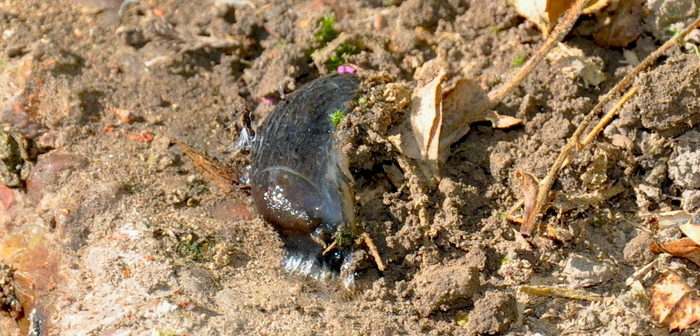Watch out for a resurgence of slugs in farm crops over coming weeks after recent wetter weather, says James Collingwood, commercial business manager for agronomy firm ProCam.
Be aware also that successful slug control may look different if switching to alternative slug pellets, now that metaldehyde is in its phase-out period, he adds.
“Slugs thrive in moist soils, and the levels of slug reproduction through summer months dictate the size of the slug population going into autumn,” Mr Collingwood explains. “Emerging juvenile slugs are the most damaging because they are such voracious feeders.
“After recent rainfall, potatoes currently in the ground will be at risk of slug damage ahead of lifting, which could affect tuber marketability. But slugs also love oilseed rape, and moist soils are a big reason for growers to plant winter oilseed rape this year, because moisture helps it establishes quickly against flea beetles. Similarly, autumn-planted cereals going into moist seedbeds will be at risk.”
Control-wise, Mr Collingwood says cultural methods may need stepping up to reduce slug numbers ahead of planting combinable crops – including removing straw to minimise the trash that slugs feed on, and using cultivations to destroy slug eggs and young slugs.
“Treatment-wise, many growers have relied on metaldehyde slug pellets. But metaldehyde is in its use-up period following news of its withdrawal. When switching to alternative ferric phosphate pellets, as many growers will be, be aware that ferric phosphate is an effective method of control but slugs don’t die in the same way.
“Whereas with metaldehyde you could see dead slugs on the soil surface, with ferric phosphate slugs tend to die underground. Therefore don’t look for dead slugs as a measure of control and to gauge whether a follow-up treatment is needed. Instead, monitor levels of crop damage to assess whether ferric phosphate pellets need to be re-applied. With all slug pellets, always follow label restrictions.”
Other slug management methods include avoiding rotations with short intervals between brassica crops, including forage brassicas, says Mr Collingwood, because brassicas tend to encourage slug numbers.




